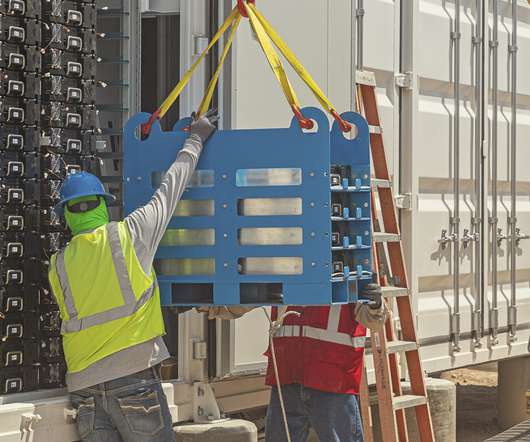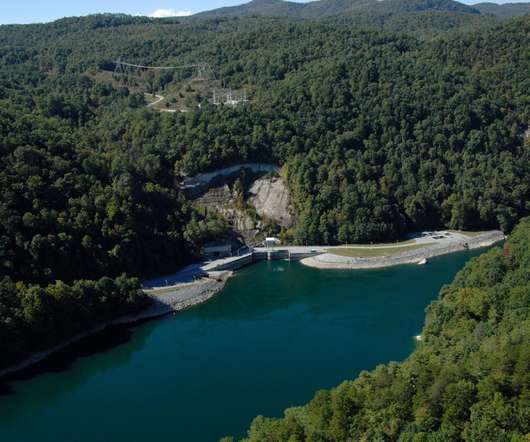How Duke’s Unique Energy Landscape Dictates Its Path to Net Zero
GreenTechMedia
SEPTEMBER 8, 2020
Duke Energy’s options for reaching net-zero carbon by midcentury will look a lot different than those being pursued by utilities in the sun-soaked Western U.S., or the wind-rich Great Plains, or even those sharing the same Atlantic coastline. Others rely on options like offshore wind that are untested in the U.S.,















Let's personalize your content